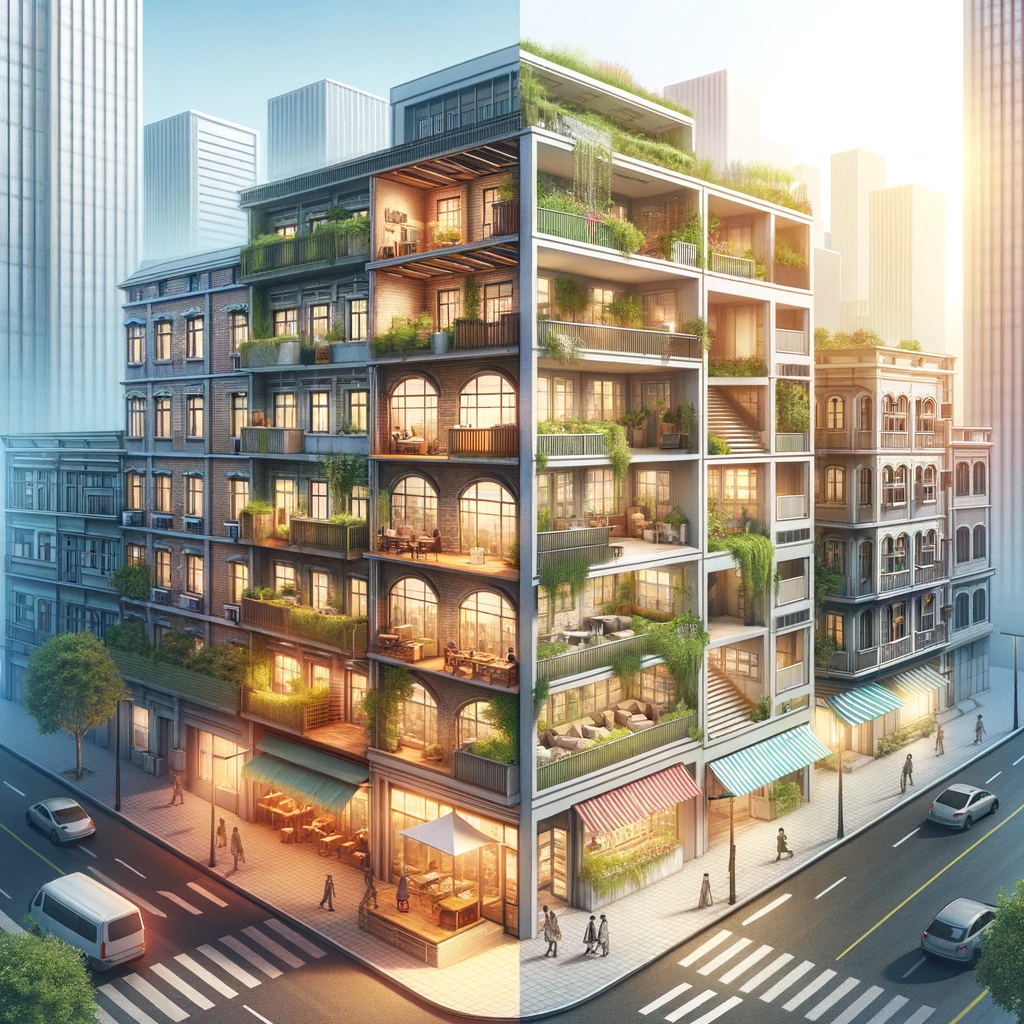
In the heart of urban centers across the globe, the demand for affordable housing continues to surge, exacerbating the challenges of urban living. Amidst this growing crisis, an innovative solution has emerged: converting underutilized commercial spaces into residential units. This approach not only addresses the acute need for housing but also revitalizes city landscapes, offering a sustainable pathway to urban development.
**The Urban Housing Dilemma
Cities worldwide are grappling with the dual challenge of increasing populations and limited housing availability. The scarcity of affordable residential options has led to soaring rental prices, placing significant strain on residents and new entrants into the urban housing market. This dilemma is further compounded by the changing dynamics of urban workspaces, where the demand for traditional commercial properties is diminishing.
**Commercial-to-Residential Conversions: A Strategic Response
The concept of transforming commercial spaces—be it office buildings, retail outlets, or unused industrial zones—into residential units is gaining traction as a strategic response to the housing shortfall. These conversions offer a pragmatic solution by repurposing existing structures, which is often more time and resource-efficient than new construction.
The benefits of such transformations extend beyond merely increasing housing stock. They contribute to urban renewal, enhance the vibrancy of city centers, and can potentially lower the carbon footprint associated with new constructions. Additionally, these converted spaces often retain unique architectural features, adding character and diversity to the housing market.
**Case Studies and Success Stories
Several cities have embraced this trend, showcasing successful conversions that not only meet housing demands but also inject new life into dormant or underutilized areas. For instance, in some cities, former office buildings have been converted into loft apartments, offering modern living spaces while preserving historic architectural elements. Similarly, old retail spaces have been transformed into residential complexes, providing essential amenities and fostering community-centric environments.
**Policy and Planning Considerations
To facilitate the conversion of commercial properties into residential units, city planners and policymakers must navigate various challenges. These include zoning laws, building codes, and the integration of necessary residential amenities. Additionally, there’s a need for collaboration between property owners, developers, and local governments to align these projects with broader urban development goals.
**The Road Ahead
As cities evolve, the flexibility and adaptiveness of urban planning will be crucial in addressing the multifaceted challenges of housing shortages. Commercial-to-residential conversions represent a forward-thinking approach to urban development, offering a blueprint for other cities facing similar challenges. By reimagining the use of space, cities can create more inclusive, sustainable, and livable environments for their residents.
In conclusion, the conversion of commercial spaces into residential units stands out as a pivotal strategy in the quest to meet urban housing demands. It encapsulates a vision of adaptive reuse and sustainable urban planning, holding the promise of a more balanced and vibrant urban future.